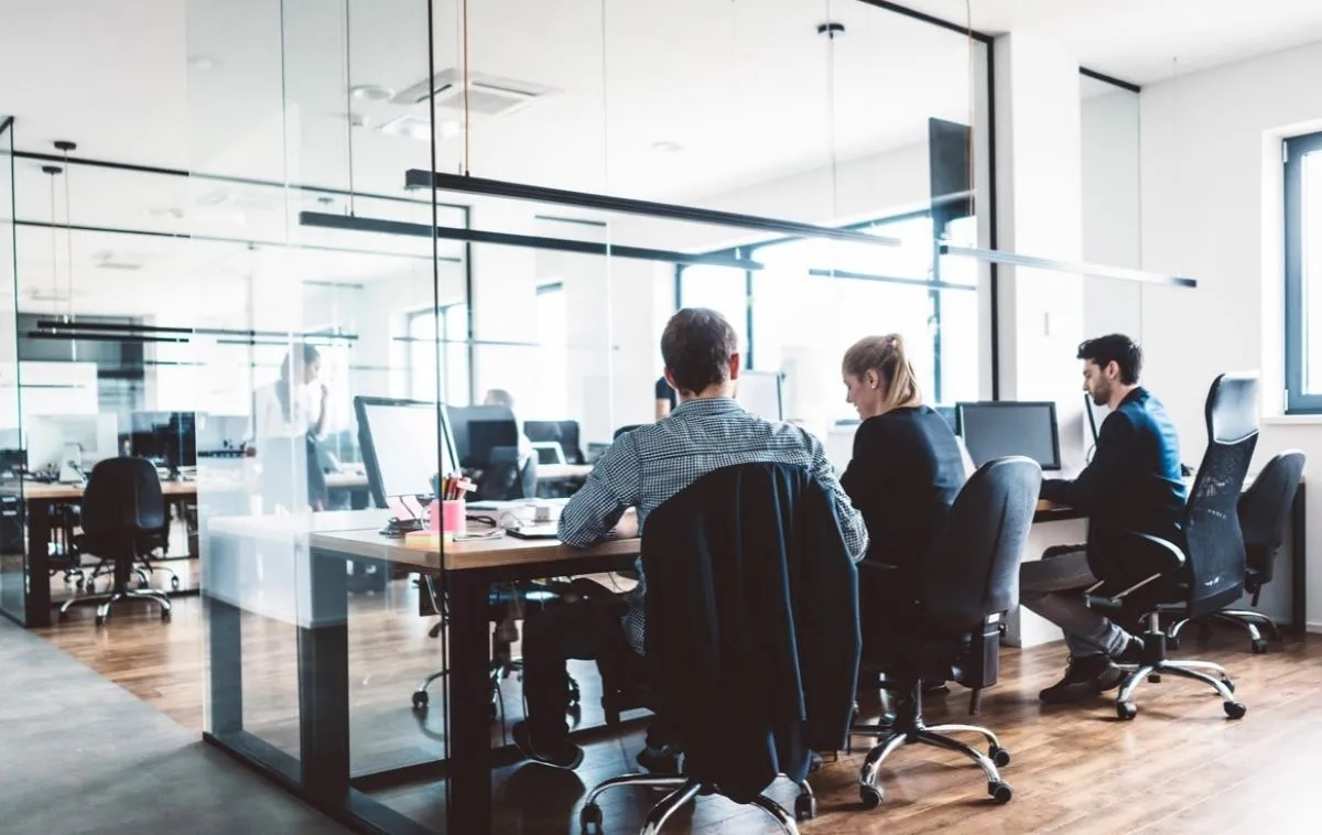Despite widespread reports of companies worldwide implementing “back to the office” policies, office utilisation remained at a mere 30% during the second quarter of 2023. This figure was only a slight increase of three percentage points compared to the first quarter.
This information comes from a recent report released by XY Sense, a platform providing actionable insights into occupancy for corporate real estate teams.
The Q2 2023 XY Sense Workplace Utilisation Index (WUI) indicates that among all the countries included in the global study, the United Kingdom exhibited the highest office occupancy and utilization rates, reaching 52%. Conversely, the United States had the lowest rates at 20%, while the APAC region averaged around 35% utilisation.
The XY Sense Workplace Utilisation Index is a quarterly report aggregating data from 24,885 workspaces across the US, EMEA, and APAC. The data come from XY Sense’s vast network of privacy-preserving sensors installed in client workspaces.
These privacy-preserving sensors passively monitor office areas to collect real-time insights on the number and location of workers present, as well as dwell times associated with specific floor plan features such as desks and meeting rooms. Data is updated every two seconds for maximum precision.
Despite the large number of well-publicised return-to-office mandates now in place worldwide, levels of workplace utilisation have plateaued at about half pre-pandemic levels. The data suggest that global office utilisation rates may actually have reached a new normal.
WUI data show that hybrid work policies profoundly affect workplace utilization, with 84% higher office utilization on midweek days versus Monday and Friday. Workplace utilisation was highest on Tuesdays, at 38.2%, and lowest on Fridays, at 18.2%.
XY Sense Head of Customer Success Shivaun Ryan, author of the WUI report said, “While individual companies may see increases in office attendance and utilization, it’s clear that most businesses won’t see a return to pre-pandemic office utilisation levels in the foreseeable future,”
“This stabilisation should provide a degree of comfort when planning changes to office portfolios. We’ve reached a new normal. The question is how workplace leaders are going to adapt their office portfolios to meet this new status quo.”
Hybrid schedules offer a practical middle ground, accommodating both the need for personal flexibility and the requirement for substantial team collaboration within office spaces. However, they introduce complexities to the process of workplace organization and oversight, as the demand for resources fluctuates significantly over the course of a week.
Traditional benchmarks such as the recommended quantity of workstations and meeting rooms per employee have become inadequate for the task at hand.
Instead, organisations must unveil their distinct usage trends in order to optimise their property holdings, adapt spaces to suit employee requirements, and uphold the potential of a transformative era marked by hybrid workplace efficiency.
Co-founder and CEO of XY Sense, Alex Birch says the findings compound the need for companies to address the incredible amount of waste occurring in commercial real estate.
“With global annual expenditure on office buildings at US$583B+ and office utilisation remaining steady at ~30%, we’re on track to waste potentially $400B in 2023 alone,”
“Additionally, utilities and other services for unused space create billions of tons of unnecessary carbon. Understanding how your office space is really being used is the first step in reversing this wastage and creating high-engagement, high-performance workplaces,” said Birch
The Q2 Workplace Utilisation Index (WUI) brought to light shifts in employee behaviors within the office environment. During Q1, collaboration spaces exhibited a notably higher utilisation rate of 24%, contrasting with the 18% utilisation rate for individual workstations.
Initially, the focus was primarily on group interactions and meetings, whereas now a more balanced distribution of time is observed.
The dynamic evolved in Q2, with workstations experiencing a substantial 67% surge in utilisation suggesting that employees have transitioned towards a more equilibrium between individual tasks and collaborative activities compared to the initial stages of the office re-entry period.







